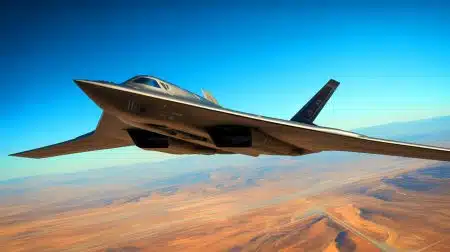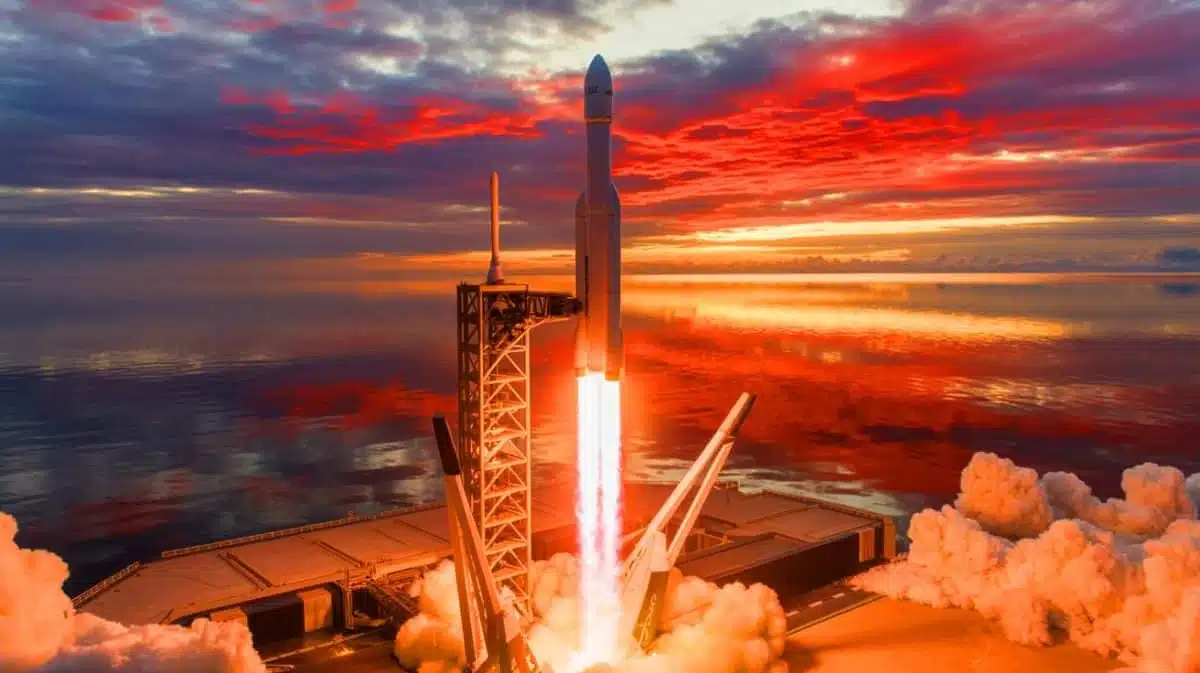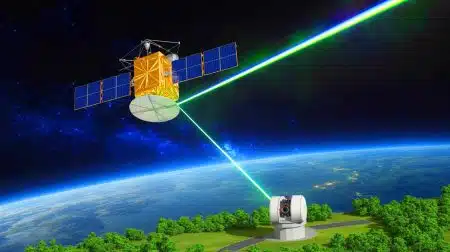| IN A NUTSHELL |
|
The world of travel is on the brink of a revolutionary transformation, thanks to the visionary efforts of Elon Musk and SpaceX. Imagine the possibility of traversing the globe in the time it takes to watch your favorite TV show. With the Starship rocket, SpaceX aims to connect major cities across continents within minutes, drastically reducing travel times. This groundbreaking technology promises not only to redefine the concept of air travel but also to bring the world closer together in ways we’ve never imagined. As we delve into this exciting development, let’s explore the intricacies of this ambitious project and the potential it holds for the future.
A New Era of Earth-to-Earth Travel
The Starship, known as the most powerful rocket ever constructed, is stepping beyond its space exploration roots to revolutionize how we travel on Earth. Elon Musk envisions a future where long-haul flights become obsolete, replaced by the Starship’s capability to reach any part of the globe in less than an hour. This shift represents a monumental change in international travel, offering not only time savings but also the possibility of a more connected world.
The Starship’s incredible top speed of around 17,000 mph, or 25 times faster than a traditional commercial jet, allows for remarkably short flight durations. For instance, the journey from London to New York could take a mere 29 minutes. Other routes, such as New York to Paris or Sydney to Singapore, could also be completed in approximately 30 minutes. The rocket’s sea-based launch platform adds a unique dimension to this travel experience, requiring passengers to embark from a boat before taking off on their supersonic journey. This approach not only eases logistical challenges but also reduces noise pollution concerns near populated areas.
A High-Speed, Roller-Coaster-Like Experience
Traveling at such unprecedented speeds raises questions about passenger comfort and safety. Elon Musk has likened the experience to a high-thrill roller coaster ride, where passengers remain securely seated throughout the journey. To ensure safety, a restraint system similar to those in theme park rides may be employed, allowing for a secure experience during the rapid ascent and descent.
Once operational, most flights would last only 15 to 20 minutes, with some as short as five minutes for closer locations. This rapid transit concept is akin to a hypersonic missile journey, albeit one that ends with a gentle landing on the other side of the world. The technical specifications of the Starship, including its maximum speed of 17,000 mph, a capacity of up to 1,000 passengers, and a sea-based launch platform, highlight its capabilities. Such innovation holds the promise of making international travel faster, potentially more environmentally friendly, and more accessible than ever before.
Challenges and Considerations
While the Starship’s potential is immense, its path to operational Earth-to-Earth flights is fraught with challenges. Regulatory approval is a significant hurdle, as SpaceX will need to navigate complex international frameworks, including gaining the nod from the Federal Aviation Administration (FAA) in the U.S. Safety and comfort are paramount concerns, given the extreme speeds involved. Developing technology to ensure smooth and secure flights will be crucial, especially for passengers unfamiliar with the intense g-forces associated with space travel.
Moreover, the economic aspect cannot be overlooked. Initially, the cost of such flights may be prohibitive, making it an exclusive service. However, as the technology matures and demand grows, the hope is that these flights will become more accessible to a broader audience. SpaceX’s ambitious vision relies on overcoming these challenges to deliver on the promise of a new era of travel.
The Future of Global Travel
SpaceX’s Starship has the potential to usher in a new era of ultra-fast global travel, offering a glimpse into the future of connectivity. While numerous hurdles remain, including regulatory and technological advancements, the concept of Earth-to-Earth travel at hypersonic speeds is an exciting prospect. Imagine attending a business meeting in London, enjoying a vacation in Sydney, or dining in Paris—all within the span of a single day. As we stand on the cusp of this radical transformation, the question remains: how will humanity adapt to a world where any destination is just minutes away?
Did you like it? 4.5/5 (23)








Wow, this is mind-blowing! Can’t wait to see it happen! 🚀
Isn’t this a bit too ambitious? I mean, what about safety? 🤔
Can we even imagine the jet lag from this kind of travel? 🤯
What will the cost be for a ticket? Probably sky-high! 💸
Thank you, Elon, for always pushing the boundaries of what’s possible. 🙌
How will this affect the environment compared to traditional flights?